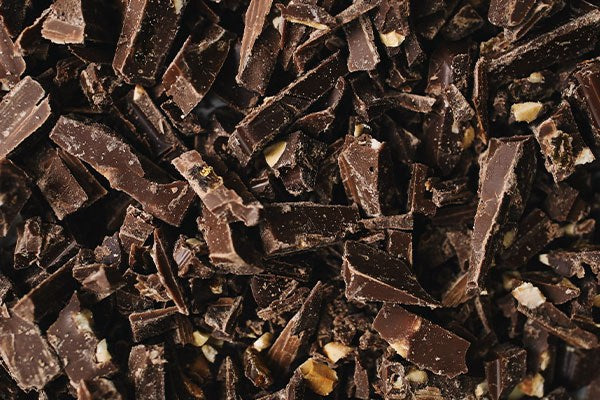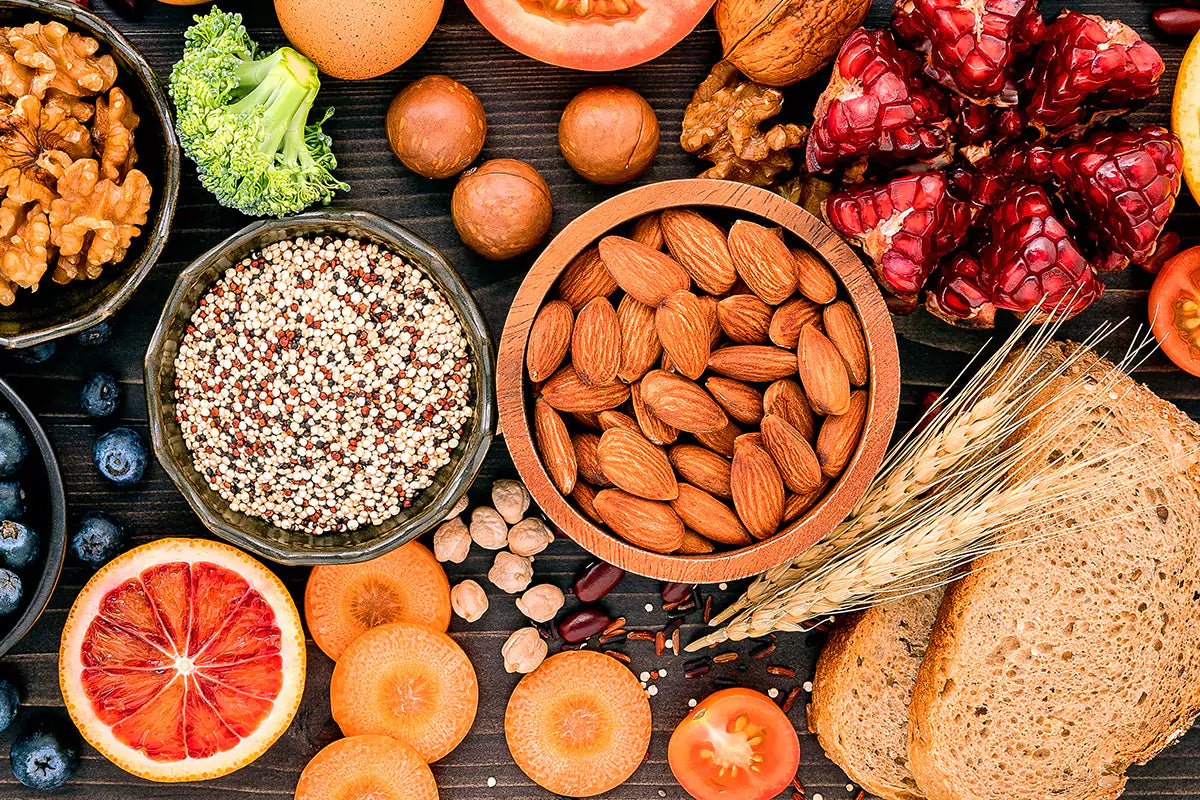
POSTED January 29, 2021
Flourish with Food Chocolates
Chocolates: Valentine’s Day & Beyond
The heart-shaped boxes of chocolates appeared on retail shelves soon after the holidays. The connection of chocolates to love took root many centuries ago. Hot chocolate drinks were a wedding ritual for the Mayans. Cocoa beans, for the Aztecs, were fuel for romantic affairs. This connection of chocolate and romantic love persisted over the centuries. So, who created the first box of chocolates?
In the mid-1800s, Richard Cadbury improved his family’s chocolate-making process, making the British drink more palatable. The resulting excess cocoa butter was converted into smoother “eating chocolate”. Cadbury’s heart-shaped box, a brilliant marketing strategy, became a keepsake box to store mementos of love once the chocolates were gone.
Chocolate is made from the cacao pod. Beans are extracted from the pod, fermented, dried, and roasted into cocoa beans. Further processing results in cocoa solids and cocoa butter.
Dark chocolate contains 50-90% cocoa solids, cocoa butter, and sugar. Milk chocolate includes milk, fewer cocoa solids, and generally more sugar. Lower quality chocolate may actually include butterfat, vegetable oils, and artificial colors or flavors. Cocoa powder is finely ground cocoa solids minus the cocoa butter. White chocolate, not technically chocolate, is made from cocoa fat, milk solids, sugar, and flavorings.
Our fond taste for chocolates exists well beyond Valentine’s Day. Chocolates have been hyped as a heart-healthy food due to the rich flavonoids (antioxidant plant chemical) content of the cocoa solids. While wishful thinking, chocolate hasn’t yet gained the status of healthy food. Chocolates come with significant calories, saturated fat, and added sugar.
Label reading tips for choosing the healthiest chocolates:
- At least 60% cocoa content for the most flavonoids.
- Less added sugar, ideally 5 grams or less per serving. FYI: sugar moderates the bitterness.
- Few ingredients, with cocoa or chocolate listed first.
If the brand’s production and climate-sensitive practices matter to you, look for designations of Fair Trade Certified and environment-friendly status; i.e. “Rainforest Alliance”.
A few brands easy to find locally: Chocolove (Boulder brand), Lindt Excellence, theo, alter eco
Your chocolates didn’t come with package labeling? Enjoy! Mindfully savor the exquisite taste. Extend this experience by committing to enjoy 1 or 2 a day and keep out of easy sight.
Easy dessert idea: 1-2 pieces of chocolate, strawberries, or orange segments and a few nuts arranged on a pretty plate.


